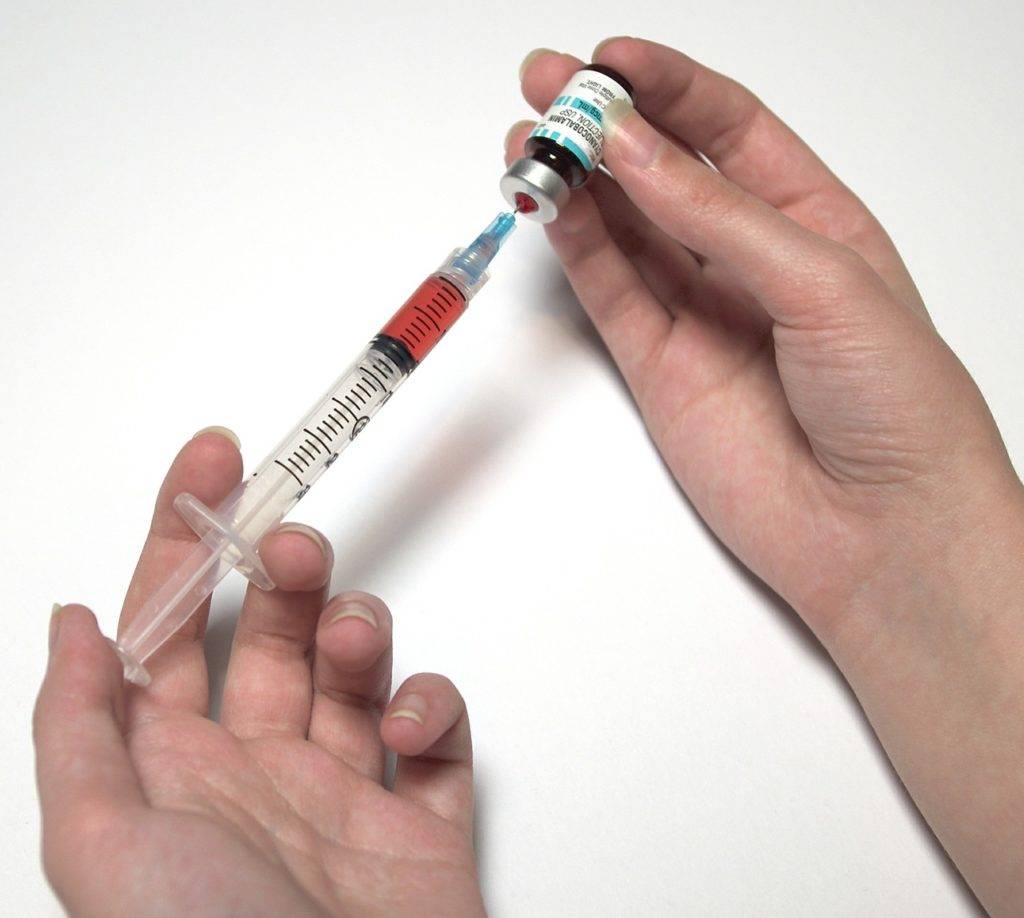Welcoming a newborn into the world is a magical moment. Amidst the joy and excitement, there’s a crucial period known as the “Golden Hour” that can have lasting benefits for newborns and parents. Let’s dive into the science behind this important first hour and explore the remarkable advantages it brings.
What is the Golden Hour?
The Golden Hour is the first hour after a baby is born, filled with skin-to-skin contact between the newborn and the parents, typically the mother. This period is a heartwarming tradition but a scientifically backed practice that fosters numerous physical and emotional benefits.
The Origin and Significance of the Golden Hour
The Golden Hour concept is rooted in ancient practices and modern medical research. Historically, immediate contact between mother and baby has been a natural part of childbirth in many cultures.
Modern medicine, with its increasing focus on technological interventions, briefly moved away from this practice, but contemporary research has highlighted the profound benefits of returning to these roots.
The Golden Hour is now recognized globally, with organizations like the World Health Organization (WHO) and the American Academy of Pediatrics (AAP) advocating for immediate and uninterrupted skin-to-skin contact right after birth.
This period is critical for initiating breastfeeding, stabilizing the newborn’s vital signs, and beginning the important process of parent-infant bonding.
The Importance of Skin-to-Skin Contact
1. Regulating Body Temperature
Newborns often struggle to maintain their body temperature immediately after birth. Skin-to-skin contact helps regulate their body temperature naturally. The warmth from the parent’s body acts like a natural incubator, ensuring the baby stays warm and cozy.
This is particularly important because newborns have a large surface area relative to their body weight and lose heat quickly. Studies have shown that babies who experience skin-to-skin contact maintain a more stable body temperature than those swaddled or placed in an incubator.
2. Stabilizing Heart Rate and Breathing
During the Golden Hour, the baby’s heart rate and breathing patterns stabilize more quickly when held close to the parent’s chest. The rhythmic sound of the parent’s heartbeat and the gentle rise and fall of their breathing create a soothing environment for the newborn.
This stabilization is crucial for the baby’s transition from the womb to the outside world. The close contact helps regulate the baby’s physiological responses, reducing the risk of irregular heartbeats and breathing issues.
3. Encouraging Bonding and Emotional Connection
The physical closeness and touch during the Golden Hour promote bonding between the baby and the parents. This bonding is due to the release of oxytocin, often the “love hormone.” Oxytocin strengthens the emotional connection and can lead to long-term positive effects on the child’s emotional development.
This hormone benefits the baby and the parents, fostering a deep sense of attachment and love.
Benefits for Newborns
1. Enhanced Immunity
Skin-to-skin contact during the Golden Hour can boost the baby’s immune system. The transfer of beneficial bacteria from the parent’s skin to the baby helps build the newborn’s microbiome, which is crucial for a strong immune system.
This early exposure to the parent’s skin microbiota can kickstart the development of the baby’s immune defenses, making them more resilient to infections.
2. Reduced Stress Levels
The newborn’s transition from the womb to the outside world can be stressful. Skin-to-skin contact has been shown to reduce stress hormones in babies, making them feel more secure and calm. This leads to less crying and a smoother adjustment to their new environment.
A calm baby is also more likely to have regular sleep patterns and feed more effectively, both essential for healthy development.
3. Improved Breastfeeding Success
The Golden Hour is also a critical time for initiating breastfeeding. Babies placed skin-to-skin with their mothers are more likely to latch on successfully and start breastfeeding sooner. This early start benefits the baby and the mother, promoting better milk production and easier breastfeeding experiences.
The skin-to-skin contact encourages the baby’s natural rooting reflex, making it easier for them to find the breast and begin feeding.
4. Pain Relief and Comfort
Skin-to-skin contact can also act as a natural pain reliever for newborns. The warmth and comfort of the parent’s body help to soothe the baby and reduce any discomfort they might be experiencing after birth. This comforting effect can be particularly beneficial for babies who undergo medical procedures shortly after birth.
Benefits for Parents
1. Strengthened Emotional Bond
For parents, the Golden Hour offers an unparalleled opportunity to connect with their newborn deeply. Holding their baby close triggers the release of oxytocin, fostering feelings of love and attachment. This bond has positive effects on parental confidence and mental health.
Parents who experience this immediate bonding are often more responsive to their baby’s needs and engaged in their care.
2. Increased Confidence in Caregiving
Experiencing the Golden Hour boosts parents’ confidence to care for their newborns. The close contact and early interaction provide reassurance and competence, helping parents feel more prepared for the journey ahead. This confidence reduces anxiety and makes the transition to parenthood smoother and more enjoyable.
3. Reduced Risk of Postpartum Depression
The emotional connection and bonding during the Golden Hour can also reduce the risk of postpartum depression in mothers. The release of oxytocin and the immediate closeness with the baby contribute to a positive mood and emotional well-being.
Research has shown that mothers who have early skin-to-skin contact with their babies are less likely to experience severe postpartum depression and are more likely to report positive feelings about their childbirth experience.
4. Encouraging Paternal Involvement
The Golden Hour is beneficial for mothers and fathers. When fathers participate in skin-to-skin contact, they experience a boost in oxytocin levels, enhancing bonding and emotional connection with the baby. This early involvement sets the stage for active and engaged fatherhood, promoting a supportive and nurturing family environment.
The Role of Healthcare Providers
Promoting and supporting skin-to-skin contact immediately after birth helps ensure that the baby and the parents experience the full benefits. Here are some ways healthcare providers can support the Golden Hour:
1. Encouraging Immediate Skin-to-Skin Contact
Healthcare providers should prioritize skin-to-skin contact immediately after birth, even before routine procedures like weighing and measuring. This allows the baby and parents to start bonding right away.
In many hospitals, this practice is becoming the standard of care, with guidelines recommending that skin-to-skin contact should be uninterrupted for at least the first hour after birth.
2. Providing a Calm and Supportive Environment
A calm and supportive environment is essential for the Golden Hour. Healthcare providers can create this atmosphere by minimizing disruptions and allowing parents to focus on their newborns. Simple measures like dimming the lights, reducing noise, and giving the family privacy can enhance the experience and make it more meaningful.
3. Educating Parents
Educating parents about the importance and benefits of the Golden Hour empowers them to advocate for this practice. Providers share information during prenatal visits and childbirth education classes. Providing resources and answering questions help parents feel informed and confident about requesting skin-to-skin contact after birth.
4. Supporting Breastfeeding
Healthcare providers support breastfeeding during the Golden Hour by helping mothers with proper positioning and latch techniques. Encouraging and assisting with the first breastfeeding session sets the stage for successful breastfeeding.
Overcoming Common Challenges
While the benefits of the Golden Hour are clear, there can be challenges in implementing this practice. Here are some common obstacles and how to overcome them:
1. Medical Interventions
In some cases, medical interventions may be necessary immediately after birth, which can delay skin-to-skin contact. In such situations, healthcare providers can facilitate skin-to-skin contact as soon as it is safe.
Even if there’s a delay, ensuring that the baby is reunited with the parent as soon as possible still provides many benefits associated with the Golden Hour.
2. Cesarean Births
The Golden Hour is still achieved with some adjustments for babies born via cesarean section. Parents request skin-to-skin contact in the operating room or the recovery area. Many hospitals now have protocols to support skin-to-skin contact after cesarean deliveries, recognizing its importance for the baby and the parents.
3. Premature or High-Risk Newborns
Premature or high-risk newborns may require specialized care in the neonatal intensive care unit (NICU). However, many NICUs recognize the importance of skin-to-skin contact, known as “kangaroo care,” and facilitate this bonding whenever possible.
Parents work with the medical team to find safe and appropriate ways to provide skin-to-skin contact, even in the NICU setting.
Practical Tips for Parents
Parents take proactive steps to make the most of the Golden Hour. Here are some practical tips to help:
1. Discuss Your Birth Plan
Talk to your healthcare provider about your desire for skin-to-skin contact during the Golden Hour. Include this preference in your birth plan and discuss it during prenatal visits. You ensure your healthcare team knows your goals by communicating your requests.
2. Prepare for Different Scenarios
While planning for a smooth birth experience is important, be prepared for different scenarios. Understand that medical needs might sometimes require flexibility. Being informed about various possibilities helps you adapt and still prioritize skin-to-skin contact whenever possible.
3. Advocate for Yourself
Don’t be afraid to advocate for yourself and your baby. If circumstances allow, remind your healthcare team of your desire for immediate skin-to-skin contact. A supportive partner or family member who can advocate on your behalf can be beneficial.
4. Learn About Breastfeeding
Taking a breastfeeding class or reading about breastfeeding techniques can prepare you for the first feeding session during the Golden Hour. Knowing what to expect and having practical tips can make the experience more comfortable and successful.
5. Create a Relaxing Environment
Creating a relaxing environment in the birthing room can enhance the Golden Hour experience. Consider bringing items that make you feel comfortable, such as a favorite blanket or music. A calm and soothing atmosphere helps you focus on bonding with your baby.
Real-Life Stories: The Power of the Golden Hour
Emma’s Experience
Emma, a first-time mother, had heard about the Golden Hour during her prenatal classes. She was determined to experience this special time with her baby. After a long labor, Emma finally held her newborn son, James, against her chest. “It was like everything else disappeared,” Emma recalls.
“Holding James skin-to-skin felt so natural and comforting. He stopped crying almost immediately and just snuggled into me.” Emma believes the Golden Hour helped her bond with James and made breastfeeding easier. “I felt so connected to him from the very start. It gave me confidence as a new mom.”
Michael’s Story
Michael, a father of two, shares how the Golden Hour made a difference for him and his wife, Sarah. “With our first child, we didn’t know much about the Golden Hour,” Michael says.
“But with our second baby, we have skin-to-skin contact” Michael held their daughter, Lily, against his chest while Sarah recovered from the delivery. “It was an incredible experience,” he says. “Feeling her little heartbeat against mine created an instant bond. It made me feel more involved and connected as a dad.”
Embrace the Golden Hour
The Golden Hour is a precious time that lays the foundation for a strong emotional and physical connection between newborns and their parents. By understanding the science behind this practice and advocating for it, parents and healthcare providers can ensure that every baby gets the best start in life.
For more information on newborn care and parenting, visit Omegapediatrics.com.
- The Magic of the Golden Hour: 4 Steps for a Crucial Start for Newborns
- Breastfeeding: Amazing Benefits to the Newborn and Its Mother
Learn about the importance of breastfeeding and other vital aspects of infant health to support your parenting journey.
By embracing the Golden Hour, you give your baby the gift of love, security, and a healthy start to life. The science is clear: this special time has profound benefits that last a lifetime. So, cherish those first moments and hold your newborn close.







